“La plume de ma tante est sur la table” is often cited as an example of the irrelevant rote learning that used to give language teaching a bad name.
Here’s an overview of the etymology of “plume”:
1. From Online Etymology Dictionary:
plume late 14c., “a feather” (especially a large and conspicuous one), from O.Fr. plume, from L. pluma “feather, down,” from PIE base pleus– “to pluck, a feather, fleece” (cf. O.E. fleos “fleece”). Its meaning as “a long streamer of smoke” is first attested 1878. The verb meaning “to dress the feathers” is from 1702. Related: Plumed; plumes.
2. From Merriam Webster:
Main Entry: 1 plume Pronunciation: ˈpl¸m Function: noun
Etymology: Middle English, from Anglo-French, from Latin pluma small soft feather — more at fleece Date: 14th century
1) a feather of a bird, as: a. large conspicuous or showy feather; b. contour feather (one of the medium-sized feathers that form the general covering of a bird and determine the external contour); c: plumage (the feathers of a bird); d: a cluster of distinctive feathers
2) a: material (as a feather, cluster of feathers, or a tuft of hair) worn as an ornament; b: a token of honor or prowess: prize
3) something resembling a feather (as in shape, appearance, or lightness), as a: a plumose appendage of a plant; b: an elongated and usually open and mobile column or band (as of smoke, exhaust gases, or blowing snow); c: an animal structure having a main shaft bearing many hairs or filamentous parts; especially: a full bushy tail; d: any of several columns of molten rock rising from the earth’s lower mantle that are theorized to drive tectonic plate movement and to underlie hot spots
And this is what “plume” has come to signify for us all in 2010:
Ash plume from Eyjafjallajökull Volcano (Courtesy of NASA Goddard)
Ash plume rising from Eyjafjallajökull at sunrise, seen from the east. Eyjafjallajökull itself is obscured by the larger glacier Mýrdalsjökull (Courtesy of Gunnlaugur Þór Briem)
Smoke billowing from Eyjafjallajökull (Courtesy of plasmastik (REUTERS/Ingolfur Juliusson)
Cancelled flight departures, Edinburgh Airport (courtesy of Martin Third)
Volcanic Ash – Sunset over West Lothian (courtesy of Martin Third)
Collected oil burns on the water in this aerial view seven miles northeast of the Deepwater Horizon site over the Gulf of Mexico (REUTERS/Daniel Beltra/Greenpeace, courtesy of The Big Picture/boston.com)
A helicopter flies over surface oil in this aerial view over the Gulf of Mexico (REUTERS/Daniel Beltra/Greenpeace, courtesy of The Big Picture/boston.com)
A ship’s wake cuts through a pattern of oil near the site of the Deepwater Horizon oil spill (AP Photo/Charlie Riedel, courtesy of The Big Picture/boston.com)
A dragonfly tries to clean itself as it is stuck to marsh grass covered in oil from the Deepwater Horizon oil spill, in Garden Island Bay on the Gulf Coast of Louisiana near Venice (AP Photo/Gerald Herbert, courtesy of The Big Picture/boston.com)
A young heron sits dying amidst oil in mangrove on an island in Barataria Bay, along the the coast of Louisiana (AP Photo/Gerald Herbert, courtesy of The Big Picture/boston.com)
A reddish egret, its legs and tail feathers coated with oil, flies above the water in Grand Isle, Louisiana (U.S. Coast Guard photo/Petty Officer 3rd Class Patrick Kelley, courtesy of The Big Picture/boston.com)
Dr. Erica Miller, a member of the Louisiana State Wildlife Response Team, cleans a pelican of oil at Ft. Jackson in Plaquemines Parish, Louisiana (REUTERS/U.S. Navy/Justin Stumberg, courtesy of The Big Picture/boston.com)
An oil-soaked pelican takes flight after Louisiana Fish and Wildlife employees tried to corral him on an island in Barataria Bay (AP Photo/Gerald Herbert courtesy of The Big Picture/boston.com)
A dead Northern Gannet covered in oil lies along Grand Isle Beach in Grand Isle, Louisiana. A member of Tri-State Bird Rescue and Research tagged the spot of the location of the incident (REUTERS/Sean Gardner, courtesy of The Big Picture/boston.com)
2010 is the United Nations International Year of Biodiversity.
It is a celebration of life on earth and of the value of biodiversity for our lives. The world is invited to take action in 2010 to safeguard the variety of life on earth: biodiversity.
The effects of the oil spill on life and biodiversity in the Gulf of Mexico don’t bear thinking about.
By Marian Dougan
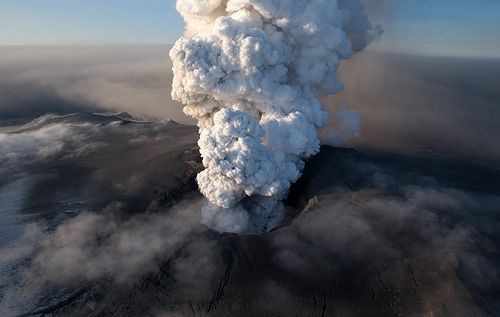
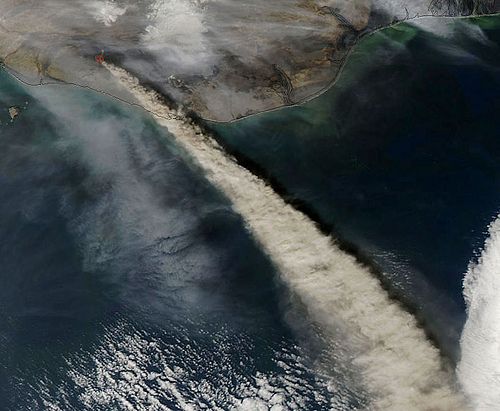
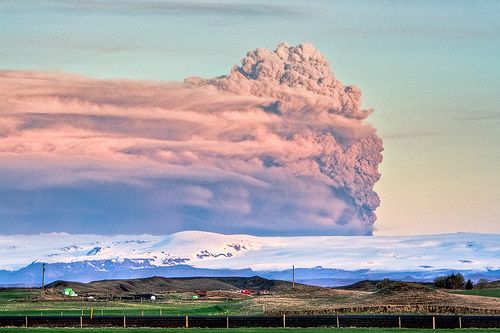
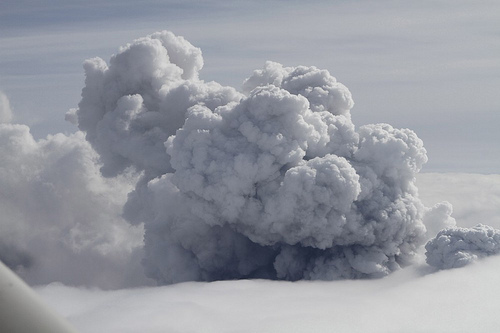

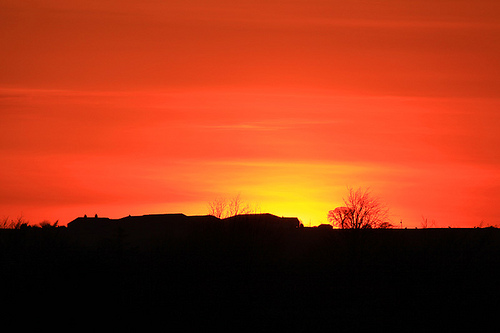


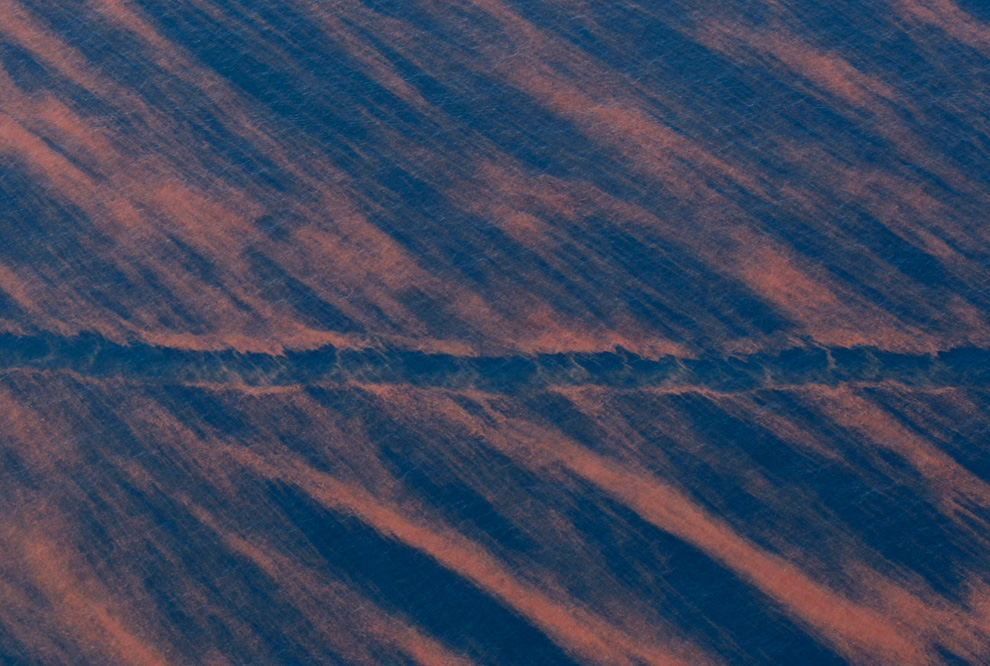
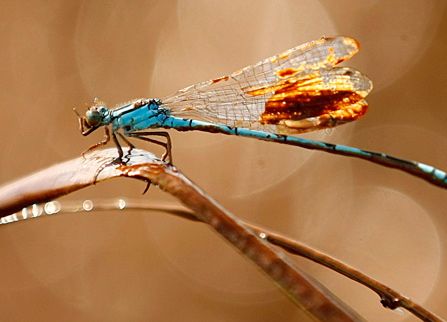
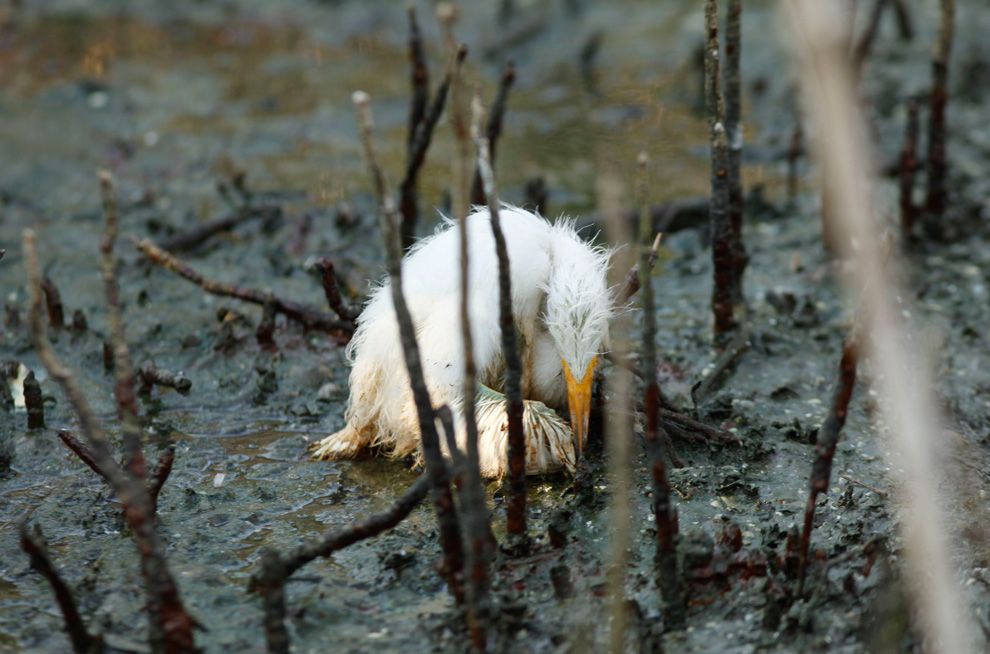

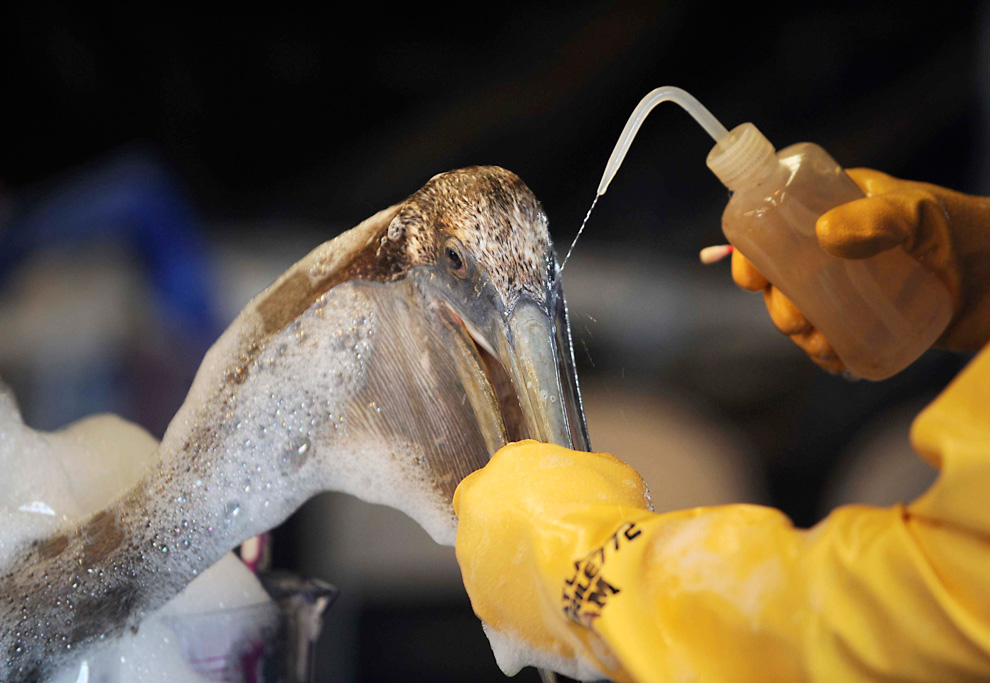
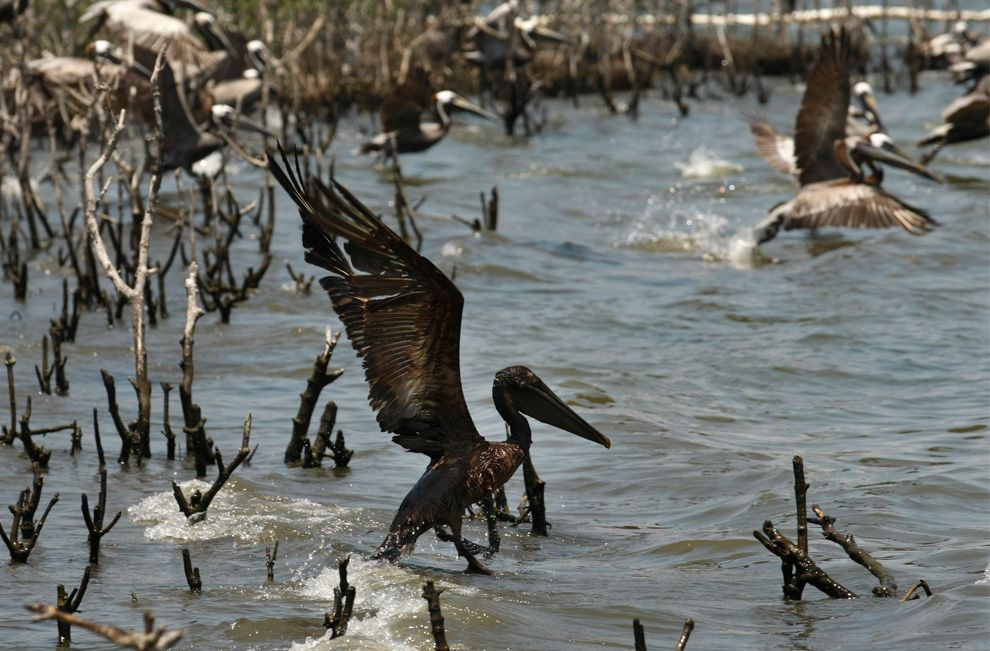
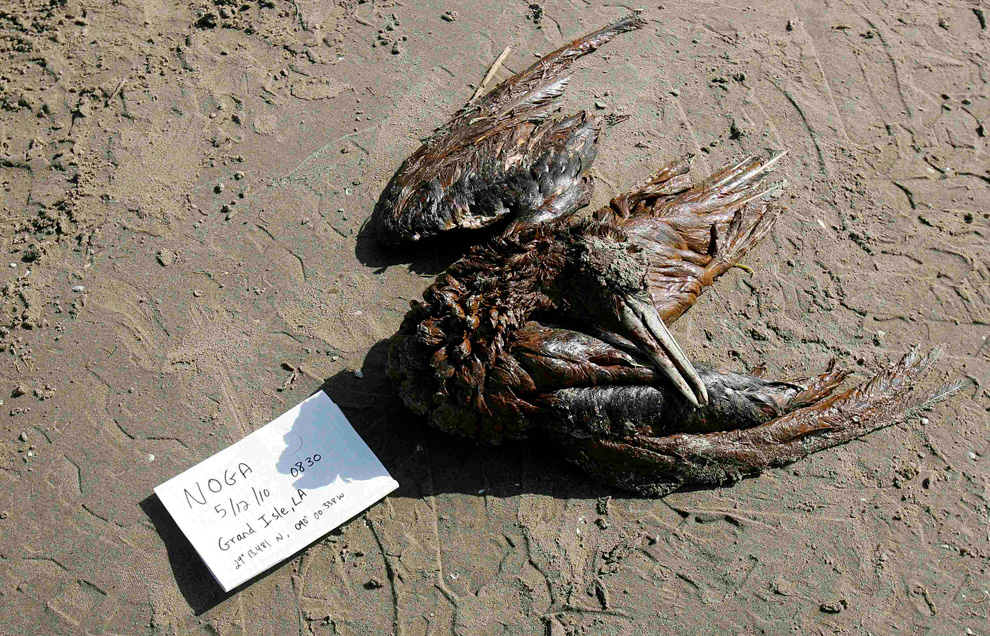
One Response